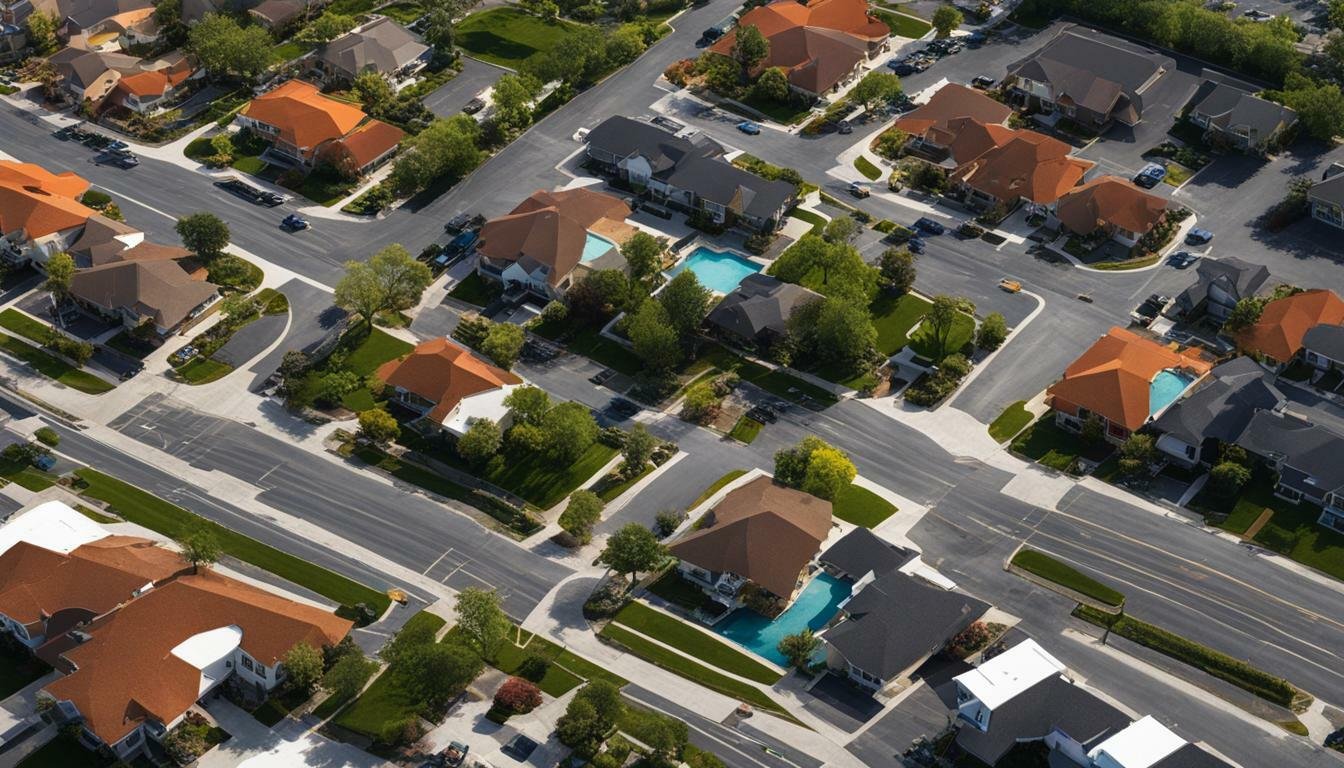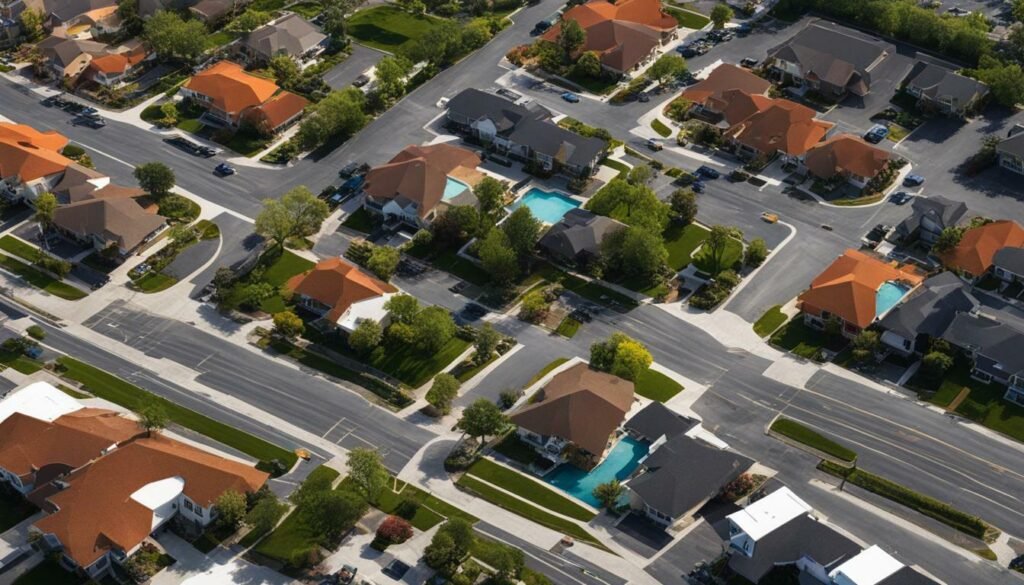
Are you a tenant or landlord in the commercial real estate industry? If so, it is essential to be familiar with CAM, commonly referred to as common area maintenance. CAM is a crucial aspect of commercial property management that affects both tenants and landlords.
CAM is an expense that covers the maintenance, repair, and upkeep of the common areas of a commercial property, such as hallways, elevators, parking lots, shared restrooms, and lobbies. These areas are used by all tenants, and the cost of their upkeep is shared among them through CAM charges.
The significance of CAM in commercial real estate cannot be overstated. For landlords, CAM charges are a vital source of revenue that helps to keep the property in good condition and attract tenants. For tenants, CAM charges are an integral part of their lease agreements and can significantly impact their overhead costs. Therefore, it is crucial to understand CAM expenses, calculations, negotiations, and potential disputes.
In the next sections, we will explore CAM in detail, including the different types of CAM expenses, methods of CAM calculations, negotiation strategies, CAM audits, and disputes. Stay tuned for more informative articles on commercial real estate topics.
Contents
Understanding CAM Expenses
Common area maintenance expenses, commonly referred to as CAM expenses, are costs incurred by landlords for maintaining and operating shared areas in a commercial property. These expenses are typically allocated among tenants in the property, proportionate to their rented square footage. CAM expenses fall under the umbrella of commercial property management, and it’s essential for landlords and tenants to understand their purpose.
Types of CAM Expenses
CAM expenses cover a wide range of costs associated with maintaining and operating shared areas in a commercial property. The expenses include:
| Expense Type | Description |
|---|---|
| Maintenance and Repairs | These costs cover routine maintenance and repairs, such as painting, cleaning, and fixing common areas like hallways, sidewalks, or elevators. |
| Landscaping | Expenses associated with maintaining the property’s landscaping, such as mowing the lawn, trimming bushes, and planting flowers. |
| Security | Costs associated with ensuring the safety of the building, such as installing surveillance cameras, providing security personnel, or upgrading security systems. |
| Shared Utilities | Expenses that cover the operation and maintenance of shared utilities in a property, such as water, electricity, gas, and waste management. |
It’s worth noting that some landlords may include additional expenses, not covered under these categories, as part of their CAM expenses.
Allocating CAM Expenses
Once the CAM expenses are identified, the next step is to allocate them among tenants in the property. There are several methods for this, and the most common ones include:
- Equal Sharing: Under this method, each tenant pays an equal share of the CAM expenses, regardless of their rented space’s size or needs.
- Allocated Sharing: This method allocates CAM expenses proportionally to the rented square footage of each tenant. Larger tenants will pay more than smaller tenants because they occupy more space.
- Base Year Calculations: CAM expenses are calculated based on the first year of tenancy, with subsequent charges reflecting any increase in expenses over time.
It’s crucial for landlords and tenants to agree on a fair and appropriate CAM allocation method for their property.
Understanding CAM expenses and allocation methods is essential for effective commercial property management. In the next section, we will explore the various CAM calculations and methods used in commercial real estate, providing further insight into this complex topic.
CAM Calculations and Methods
After understanding what CAM expenses are in commercial real estate, it’s important to know how they are calculated and distributed among tenants. CAM calculations and methods vary depending on the property and the lease agreement. Typically, landlords and tenants agree on one of three common methods to calculate and allocate CAM charges: equal sharing, allocated sharing, and base year calculations.
- Equal Sharing: With this method, all tenants in a commercial property pay an equal portion of the total CAM expenses. This method is straightforward and simple to understand, but it may not accurately reflect usage or benefit to tenants.
- Allocated Sharing: Allocating CAM charges based on the amount of space leased is another commonly used method. Tenants with more space pay a higher proportion of the expenses than tenants with less space. This method is more accurate but may be difficult to implement when spaces are subleased or shared.
- Base Year Calculations: This method uses a base year to establish the initial CAM expenses, which are then adjusted annually based on inflation and other factors. This method is more complex but provides stability and predictability in CAM charges for tenants.
It’s important for tenants to understand how CAM charges are calculated and allocated in their lease agreements. This information can affect their bottom line and help them negotiate favorable lease terms. Additionally, landlords should ensure that their chosen CAM method is reasonable and accurately reflects the property’s expenses.
CAM Negotiations and Lease Terms
When negotiating the terms of a lease agreement, it is essential to address common area maintenance (CAM) expenses thoroughly. The CAM provisions should clearly define which expenses are included and excluded, the method used to calculate CAM charges, and how disputes will be resolved.
Landlords typically have an advantage in CAM negotiations, as they have the power to set the terms of the lease agreement. However, tenants can negotiate more favorable CAM terms by conducting research and being prepared to negotiate.
One approach tenants can take is to request a CAM cap, which limits the amount of CAM expenses they are responsible for. Another strategy is to negotiate the CAM base year, which sets a standard for subsequent CAM charges and ensures that tenants are not responsible for increased expenses resulting from property improvements or upgrades.
It is crucial to thoroughly review and understand the CAM provisions in the lease agreement before signing. Tenants should consult with legal counsel if necessary to ensure that their interests are adequately protected.
Furthermore, it is vital to include provisions for CAM audits within the lease agreement. CAM audits provide transparency and ensure that landlords are not overcharging for CAM expenses. The lease agreement should specify the procedure for conducting CAM audits and who will be responsible for covering the costs associated with the audit.
In conclusion, it is essential to thoroughly negotiate and review CAM provisions in lease agreements to avoid potential disputes and ensure that both landlords and tenants are clear on their responsibilities. By understanding CAM negotiations and lease terms, tenants can protect their interests and manage their commercial properties effectively.
CAM Audits and Disputes
Despite careful calculations and negotiations, disputes over CAM charges can arise between tenants and landlords. In such situations, CAM audits can help resolve conflicts and ensure that charges are accurate and fair.
CAM audits involve an independent third-party reviewing a property’s financial records and CAM expenses to verify their accuracy and compliance with lease agreements. These audits are typically conducted annually or every few years, depending on the lease terms. CAM audits help ensure transparency and honesty and can detect any errors or inconsistencies in CAM charges.
In the event of a dispute, tenants can request a CAM audit to investigate the charges in question. The audit report can reveal any discrepancies and help resolve the dispute. However, tenants should be aware that undergoing a CAM audit can be costly and time-consuming, so it is crucial to carefully review lease agreements and thoroughly understand CAM charges before signing them.
If a dispute cannot be resolved through a CAM audit, it may be necessary to pursue legal action. Tenants can seek legal representation to negotiate favorable terms or file a lawsuit if necessary. However, legal proceedings can be lengthy and expensive, so it is essential to exhaust all other options before taking legal action.
Conclusion
CAM audits and disputes are inevitable in commercial real estate, but they can be managed effectively through thorough lease agreements, careful calculations, and open communication between tenants and landlords. Tenants should be aware of their rights and responsibilities regarding CAM charges and seek legal assistance when necessary. By understanding CAM audits and disputes, individuals can ensure that their commercial properties are managed efficiently and fairly.
Conclusion
As we have explored in this article, CAM (common area maintenance) is an important concept in commercial real estate. Understanding CAM expenses, calculations, negotiations, and potential disputes is crucial for both tenants and landlords in managing their commercial properties effectively.
By comprehending the different types of costs covered under CAM, such as maintenance, repairs, landscaping, security, and shared utilities, individuals can better understand how these expenses are allocated among tenants in a commercial property.
Moreover, the three common methods of calculating and distributing CAM charges – equal sharing, allocated sharing, and base year calculations – have their own advantages and disadvantages. It is important for landlords and tenants to negotiate thorough lease agreements and specific CAM provisions to ensure transparency and accuracy in CAM charges.
In the event of CAM disputes, CAM audits play a crucial role in resolving conflicts and ensuring fairness for all parties involved. Tenants and landlords can work together to resolve disputes and find mutually beneficial solutions.
Overall, understanding CAM in commercial real estate is essential for making informed decisions and managing properties effectively. Stay tuned for more informative articles on commercial real estate topics.
FAQ
Q: What is CAM in Commercial Real Estate?
A: CAM stands for common area maintenance and refers to the costs associated with maintaining and operating common areas in a commercial property. These areas may include lobbies, hallways, parking lots, and landscaping.
Q: What are CAM expenses?
A: CAM expenses are the costs incurred for the upkeep and management of common areas in a commercial property. These expenses typically include maintenance, repairs, landscaping, security, and shared utilities.
Q: How are CAM expenses calculated and distributed?
A: CAM expenses are calculated and distributed among tenants using different methods. Common methods include equal sharing, where each tenant pays an equal share, allocated sharing, where expenses are allocated based on square footage, and base year calculations, where expenses are determined based on a specific year as the base.
Q: How can CAM expenses be negotiated?
A: CAM expenses can be negotiated between landlords and tenants during lease negotiations. It is essential for tenants to thoroughly review lease agreements and include specific provisions related to CAM expenses. Tenants can also negotiate for caps on annual increases and dispute resolution mechanisms.
Q: What are CAM audits and how do they help resolve disputes?
A: CAM audits are conducted to ensure transparency and accuracy in CAM calculations. They involve reviewing documentation and expenses related to common area maintenance. In case of disputes between tenants and landlords regarding CAM charges, audits play a crucial role in resolving disagreements and ensuring fair allocation of expenses.
- Can you become a millionaire by investing in real estate? - November 7, 2023
- What form of AI is most commonly used in real estate? - November 5, 2023
- What is the AI real estate market forecast? - November 3, 2023
